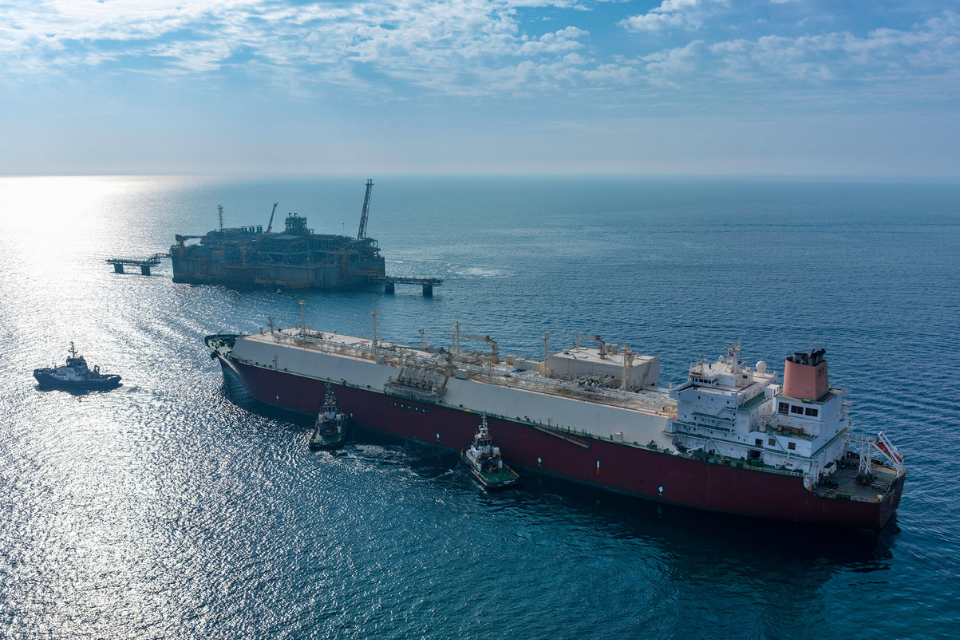Press Release Operational Data 2023

In 2023, Adriatic LNG achieved new significant results in terms of both reliability and regasified volumes delivered to the national grid, decisively contributing to the security, diversification, and competitiveness of the Italian and European energy systems. The regasification terminal located off the Veneto coast sent 8.5 billion cubic meters of natural gas into the national pipeline network (+7% compared to 2022), covering over 14% of national gas consumption and confirming itself as the third entry source for Italian gas imports. The terminal therefore broke its previous best annual record, scored in 2022, when it sent 7.9 billion cubic meters of gas into the national grid.
These results confirm the increasing relevance of liquefied natural gas (LNG) in the Italian energy mix. In 2023, total LNG imports to Italy amounted to 16.6 billion cubic meters, registering a 16.8% increase compared to 2022, and meeting 27% of the national gas demand (61.5 billion cubic meters).
Considering 2023 Italian LNG imports, over 50% was covered by Adriatic LNG, which confirmed to be a reliable and secure infrastructure for its customers, with an operations reliability rate of 99.6%.
Alfredo Balena, Director of External Relations at Adriatic LNG, stated: "In 2023, our terminal confirmed to be a strategic energy infrastructure for Italy and Europe. Simplifying, we can say that the 8.5 billion cubic meters of natural gas injected by Adriatic LNG into the national grid represent an energy quantity equivalent to approximately 93 million megawatt-hours, equivalent to the total energy consumed by Veneto and Lombardy regions for a year[1]."
In 2023, 75 LNG carriers were received by Adriatic LNG, mainly from Qatar and the United States but also from other geographical areas, including, for the first time, Mozambique, thus contributing to opening new routes for LNG imports to Italy. In total, from 2009 to 2023, 1,058 LNG carriers arrived at the regasification terminal, for a total of 92 billion cubic meters of gas sent into the national gas grid.
"The security of energy supplies in Europe and Italy is and will increasingly be based on LNG" Balena continues. "The significant growth in LNG imports occurring over the last two years is linked to efforts being made to reduce dependence, and increase resilience, of the European gas system. These efforts are driving Italy and Europe to maximize the use of existing LNG infrastructure and, in many cases, add new LNG import capacity. For this reason, we have submitted a request to authorize a project to increase the regasification capacity of our terminal by 0.5 billion cubic meters per year. This new capacity, which could be available starting from 2026, has already been allocated for the next 20 years if the authorization process concludes positively."
With a maximum regasification capacity of 9.6 billion cubic meters per year (including 0.6 billion cubic meters of not constant capacity), Adriatic LNG is the main Italian regasification terminal and the only one able to receive LNG carriers up to 217,000 liquid cubic meters (so-called "super large-scale LNG vessels"), among the largest available in the market, with evident benefits in terms of optimizing discharged volumes.
[1] Source: Istat annual report 2023 https://www.istat.it/storage/ASI/2023/ASI_2023.pdf
